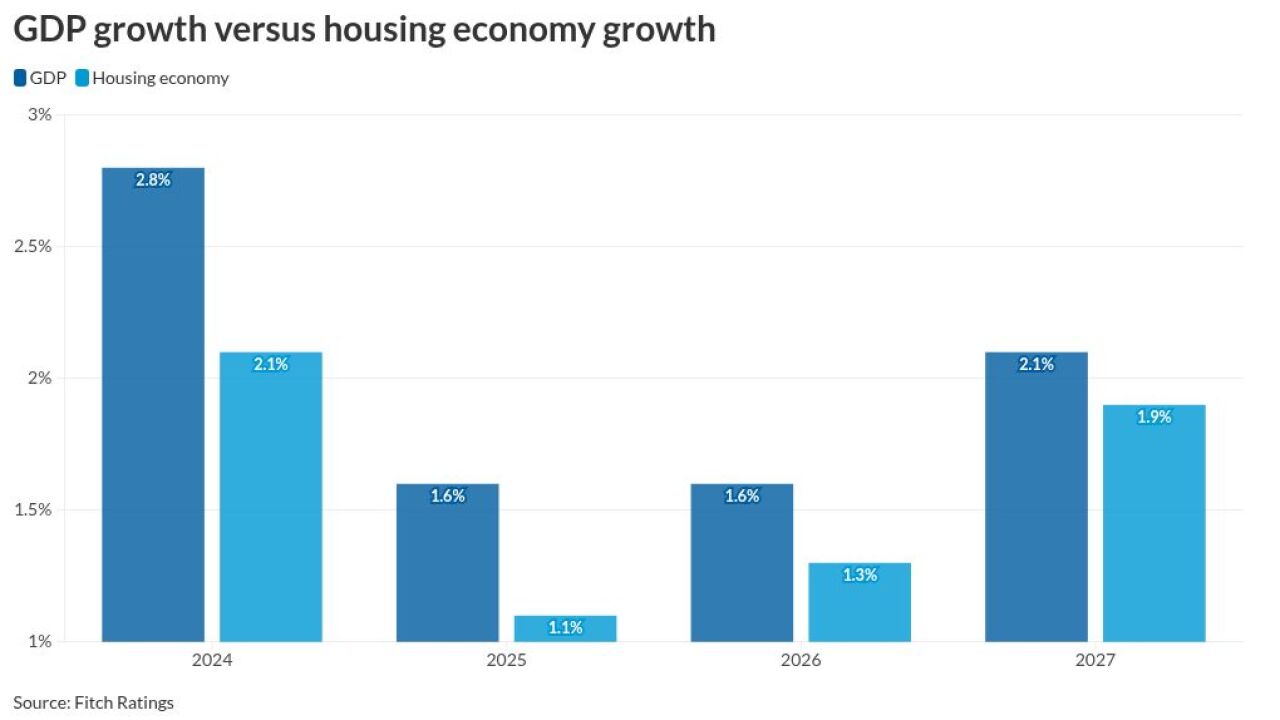Reunion Student Loan Finance Corp. is offering $124 million of bonds backed by private student loan bonds originated before the financial crisis, according to DBRS.
The transaction, EdLinc Student Loan Funding Trust 2017-A, consists of two tranches of notes, a $114 million senior tranche provisionally rated A and a $10 million subordinate tranche provisionally rated BBB.
At closing, overcollateralization, or the amount the collateral exceeds the balance of the notes, will be 15.97%. The class A notes also benefit from 6.75% subordination of the class B notes.

The notes are backed by seasoned private loans originated between September 1997 and July 2008 by various banks and credit unions; the majority (88%) were originated between 2004 and 2007.
Reunion, a relatively small player in the servicing industry with a portfolio of just $535 million, will act as the deal’s servicer and administrator. A much larger player, Pennsylvania Higher Education Assistance Agency (PHEAA), is to be the deal’s backup servicer, but this arrangement has yet to be approved by the Pennsylvania attorney general.
Another risk to the deal is the fact that 45.6% and 16% of the loans were made to borrowers with current billing addresses in Minnesota and South Dakota, respectively. That means any economic conditions adversely and disproportionately affecting those states may have a greater effect on the performance of the notes, according to DBRS.
The borrowers have some high quality attributes, such as a weighted average credit score of 738.1 and a high proportion (58.4%) of loans that are co-signed. Also, approximately 80.1% of the loans were made to borrowers attending four-year schools.
However, approximately 4.7% of the loans were once in default but are now making timely payments. So-called rehab loans are expected to default at a significantly higher rate than all other loan types within the transaction’s student loan pool, according to DBRS. Another 3.1% of the loans are now more than 30 days delinquent. And another 0.3% have filed for bankruptcy but are current on their student loan payments. (Student loans are not dischargeable in bankruptcy.)
Finally, approximately 4.1% of the loans have either unknown school types or original borrower credit scores. In its expected default analysis, DBRS assumed that loans with these missing attributes will default at rates that reflect the originator’s loan type with the highest historical default rate.





